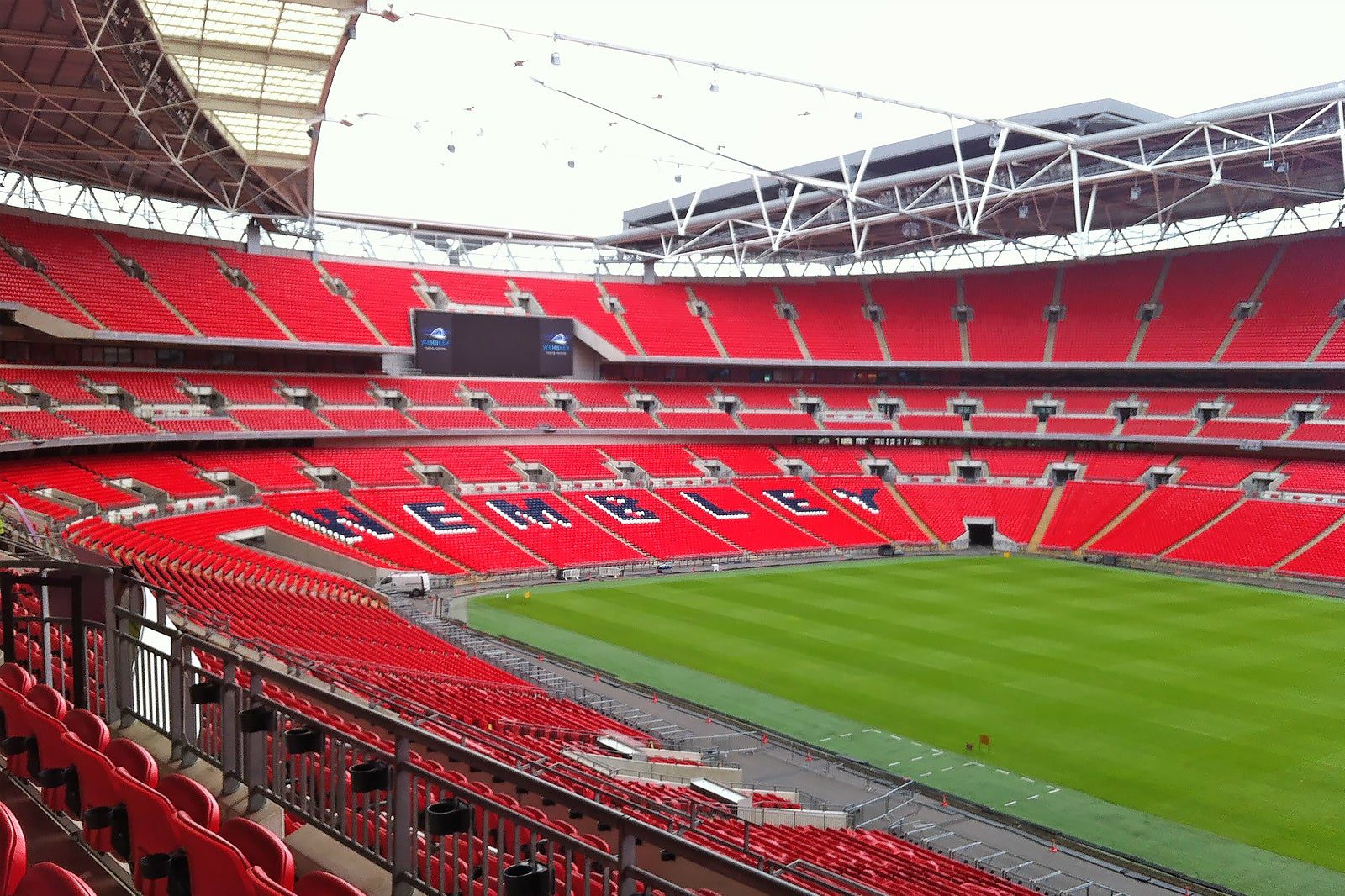How does Promotion and Relegation Work Around the World?

Adopted by the vast majority of world football, promotion and relegation is a system that moves teams up or down divisions based on their results across a season.
Adding much of the competitive edge to the professional game, its key principle is meritocracy – no team has the automatic right to remain in a league.
Backed by studies that say this movement has a positive effect on attendance, the process varies widely around the world, with different leagues having different (and often slightly complex) rules.
So, what are some examples?
England’s First Division: The Origins of Promotion-Relegation
In the 1890s, the English Football League became the birthplace of the first performance-based membership system.
This took the form of the Football League test matches, which were games played between the worst-placed teams of the First Division and the best teams of the Second Division.
The last of these play-off games was between Newcastle United and Blackburn Rovers in an 1898 fight for promotion, though Newcastle’s 4-0 win ultimately had no impact because Blackburn were also promoted as the First Division expanded by two teams.
From the following season, automatic promotion and relegation was introduced, creating the model still used in England today and now mirrored globally.
This involves three teams being relegated from the top flight, and the top two automatically promoted from the second division. The third promotion spot goes to the winner of a mini tournament for teams finishing between 3rd and 6th place, known as the play-offs. This is how Sunderland earned their spot in the Premier League this year, despite finishing fourth.
Spain’s La Liga and Italy’s Serie A also follow the same system, whilst Germany and France use a slightly different variation.
Bundesliga and Ligue 1: The Relegation
Similar to the Premier League, Germany and France both have places for promotion, relegation, and a play-off.
In this case, the top two teams of the second division (Bundesliga 2 or Ligue 2) are promoted automatically. Similarly, the bottom two teams of the top flight are relegated. The difference lies in the third promotion/relegation spot.
Simply known in German as “the relegation play-off,”, third from bottom plays a two-legged tie against the team that finished third in the league below, with the winners earning promotion in what is always an exciting spectacle.
For example, Heidenheim retained their top-flight status last season by beating SV Elversberg in dramatic fashion.
Meanwhile in France, Metz earned promotion by beating Reims 5-2 on aggregate, sealing their return to Ligue 1 thanks to a Gaëtan Hein extra-time winner.
Promedios: Argentina’s Coefficient System
Founded in 1891, Argentina became the first country outside the UK to establish a football league.
In its long history, the top flight has undergone numerous format changes, with 2025 seeing yet another shift.
This featured an increase from an already-sizeable league from 28 teams up to to 30. To understand promotion and relegation, we must briefly consider the league format as a whole.
This season, the 30 teams have been split into two groups of 15 teams— Zona A and Zona B.
Within each group, teams play each other once. This is followed by two additional interzonal games, which includes one game against a rival and another decided by a random draw.
At the end of the season, the top eight teams of each group qualify for the playoffs to decide the champion. This process is repeated twice a year in what is known as the Apertura and Clausura system, common in Latin America.
As for relegation, two teams go down. The first follows the Promedios system.
Promedios is a Spanish word that means averages, and in this variation, clubs can be relegated based on their average points over a three-year period. This system was introduced in 1957, abolished in 1963, and then reintroduced in 1983.
In 1983, this rule change saved South American giant River Plate, who had finished 18th out of 19 teams meaning they would have been relegated under the previous format.
This method is common in Latin America and, again, is how the first of Argentina’s two relegated teams in the competition meets their fate.
The second team to go down is simply the lowest ranking side in the annual table, which combines points earned in both the Apertura and Clausura tournaments held in 2025.
The second division— the Primera Nacional— does not follow the Apertura and Clausura system.
Instead, 36 teams are split into groups of 18, again called Zona A and Zona B, and play each other twice.
At the end of the season, the winners of Zona A and Zona B play each other to decide who gains promotion. The loser of this game joins the teams who placed between 2nd and 8th in each zone, who all play a knockout tournament to determine who wins the second promotion spot.
MLS: A Closed System
Now that you’ve wrapped your head around the complex system of the Liga Profesional, it may be a relief to read about the MLS, where no relegation occurs. At all.
Instead, the league operates a closed system, meaning clubs are permanent members. To gain access, a club, or franchise, must pay the MLS an entry fee when the league decides it wants a new team.
Currently, there are 30 teams split into an Eastern and Western Conference, similar to that of the NBA.
The most recent addition was San Diego FC, who paid $500 million to acquire their place in the league. The new side also brings with them a Right to Dream academy, founded by Tom Vernon, who spoke to GIS students earlier this year.
The benefits of this system revolve around finances, with investors knowing that despite their hefty entry fees, they won’t risk losing out on the financial rewards of being in the MLS after just one bad season. Without that security, investment might dry up – something critics argue could cause stagnation.
Arguments against, on the other hand, tend to view football as a driving factor.
“I would like to see promotion-relegation,” former Leeds manager Jesse Marsch told ESPN.
“[MLS investors] should have to continue to put money into it and invest in the right areas and do the right things to be in the MLS.”
This idea of merit is a significant contributor to the downfall of the European Super League, which was a proposed continental competition founded in 2021, when 12 of the world’s largest football clubs agreed to join the new breakaway league that would rival the UEFA Champions League.
One of the main aspects of this competition was that it would not include promotion or relegation, and would be a closed system similar to that of the MLS.
The proposal, however, was met with extreme discontent amongst the majority of fans as well as UEFA, leading to the clubs withdrawing from the competition.
Around the world, promotion and relegation can look very different, with its benefits and drawbacks depending on the state of football in the nation it is in.
To read other football explainers, such as the complex PSR system or various job roles in the industry, visit our news page.
Article by Zakaria Anani
Our Partners
















